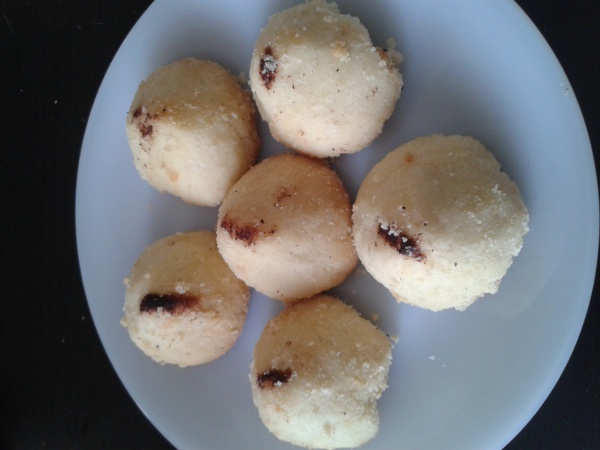Facts About Ghoriba
Ghoriba is a delightful cookie cherished in the Maghreb, Egypt, and various parts of the Arab world. This round, shortbread confection is typically crafted with simple ingredients such as flour, sugar, butter, and almonds. It's often enjoyed alongside a cup of Arabic coffee or Maghrebi mint tea.
The origins of ghoriba trace back to ancient regions like Greater Syria and Iraq, among other Arab nations. The cookie bears resemblances to polvorones from Andalusia and qurabiya from Iran, although each region adds its unique touch to the recipe.
In Algeria, for instance, the cookie, known as Ghribia, can be made using almonds, peanuts, walnuts, or pistachios. Moroccan varieties include Mlouwza, which is flavored with almonds, sugar, and orange blossom water, as well as Ghoriba bahla, Ghoriba dyal zite, and Ghoriba mramla.
Tunisia offers its own versions, such as Ghraïba bidha made with wheat flour, Ghraïba droô made with sorghum flour, and Ghraïba homs made with chickpea flour. In Libya, ghoriba is commonly made with peanuts, almonds, or walnuts.
Even Kuwait presents its own delicious interpretations of ghoriba, featuring flavors like cardamom, pistachio, or saffron. No matter where you try it, ghoriba is a cookie that brings a taste of tradition and regional flair to any occasion.

 Algeria
Algeria